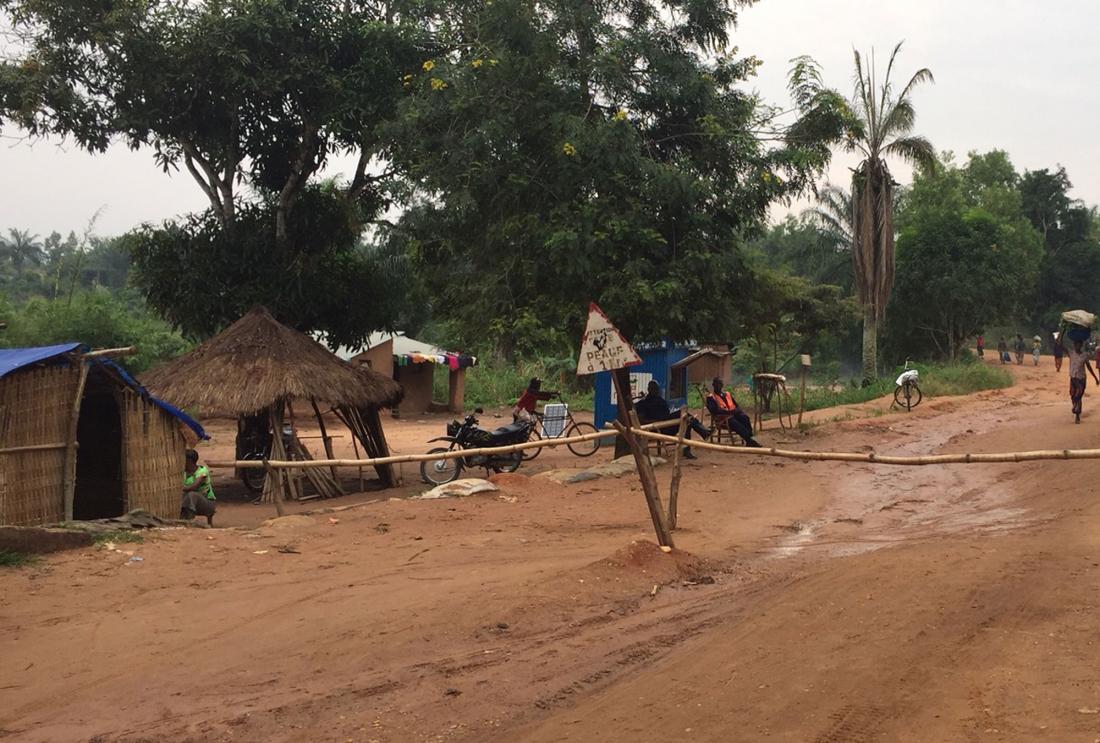Citizen Demand for Corruption: Evidence from Roadway Tolls in the D.R. Congo
- Transparency and accountability
- Corruption and Leakages
- Community participation
- Incentives
In many developing countries, high rates of bribe-taking among government tax collectors can limit the ability of governments to raise revenues. Both citizen and bureaucrat behaviors may contribute to corruption. Researchers conducted a randomized evaluation of incentives for motorcycle taxi drivers to pay the legal road tolls in the Democratic Republic of the Congo. Results suggest that financial incentives reduced bribery by seven to ten percentage points. However, many drivers who received those incentives continued to pay bribes because they significantly reduced the time spent at tolls.
Problema de política pública
In many developing countries, high rates of bribe-taking among officials severely limit the ability of governments to raise revenues. Evidence indicates that some interventions can help reduce corruption, but their effectiveness remains limited. In addition, these interventions have often focused on reducing the demand for bribes by bureaucrats, but not on the supply of bribes by citizens who pay the bribes. How does the supply of bribes by citizens contribute to perpetuating corruption?
Contexto de la evaluación
In Kananga, the capital of the Kasai Central province in the Democratic Republic of Congo, motorcycle taxis are the most common form of transportation. Leaving the city by motorcycle taxi requires passing by a toll station where drivers need to: pay a 2,000 Congolese Francs (FC) toll (about US$2 at the time of the study), show a receipt that they have already paid that toll within the last 48 hours, or bribe the toll officer. Paying the full toll represents 13 percent of the typical estimated income from a moto trip, a significant cost for motorcycle taxi drivers. The drivers are all men, generally in their mid-twenties with a secondary school degree and four to five years of driving experience.

Detalles de la intervención
Researchers conducted a randomized evaluation of financial and social incentives for drivers to bring receipts proving that they paid the legal toll. Researchers randomly assigned 866 motorcycle taxi drivers in Kananga to one of four interventions to encourage them to pay the full official toll or to a comparison group, with drivers cycling through the different treatments in a random order over the course of three visits. For their upcoming trip, drivers in the incentive groups received a financial or social incentive when they submitted an official receipt proving they paid the full rate from one of the city’s tolls:
- Financial incentive: for up to a maximum of two receipts, drivers received a payment of either 1,000 or 2,000 FC (US$1 or US$2 at the time of the study), respectively covering half and the full toll price, for each proper toll receipt they would submit.
- Social incentive: for up to a maximum of two receipts, drivers received a pledge by the researchers to either (1) contribute 2000 FC to a widows' shelter in Kananga, or (2) contribute 2000 FC to the provincial government to then be transferred to a widows' shelter in Kananga, for each proper toll receipt they would submit.
- Comparison group: drivers were asked to submit official toll receipts without being offered an incentive.
Between May and September 2016, researchers collected data on toll payment through receipts, on bribes through self-reporting, and on individual characteristics (education, income, age, etc) and trip characteristics (trip profitability, toll payment exemption, etc).
Resultados y lecciones de la política pública
Overall, the financial incentives increased legal toll payments by drivers, while the social incentives did not lead, on average, to any improvement.
Financial incentives: Drivers who were provided with a financial reward were seven to ten percentage points more likely to pay the legal toll amount. Drivers were not influenced much by the size of the financial incentives: rewards of 1000 FC or 2000 FC were equally likely to motivate drivers to pay the legal toll. The researchers suggest that many treated drivers still engage in corruption because it makes toll transactions quicker. Indeed, surveyors found that paying a bribe reduced the average time it took a driver to get through the toll from 15 to 3.75 minutes (more than a 70 percent decrease).
Social incentives: The social incentives did not increase legal toll payments, except for drivers who are children of widows.
Overall, these results indicate that citizen-side anti-corruption interventions can be effective at reducing bribe payments. These interventions are far from a panacea, however, and in particular they might be less effective when bribes allow citizens to save time by decreasing how long it takes to complete a transaction or obtain a service from the government.